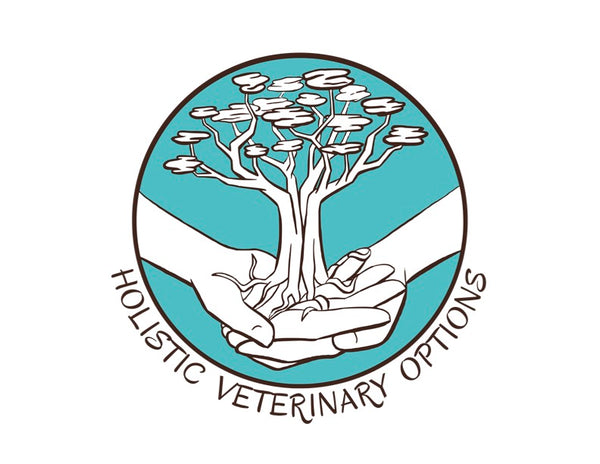Similar to other generic ingredients, meat by-products for example, the term “natural flavor” gives the consumer no information on it’s origin. The Food and Drug Administration definition found below says a natural flavor must be from an organic source. However, the chemical process used to extract these additives from their source in turn adds toxic chemicals to the products. There is no FDA definition for the term “natural” so this word is used rather haphazardly on many food and feed labels.
“The FDA definition of a natural flavor is as follows: The essential oil, oleoresin, essence or extractive, protein hydrolysate, distillate, or any product of roasting, heating or enzymolysis, which contains the flavoring constituents derived from a spice, fruit or fruit juice, vegetable or vegetable juice, edible yeast, herb, bark, bud, root, leaf or any other edible portions of a plant, meat, seafood, poultry, eggs, dairy products, or fermentation products thereof, whose primary function in food is flavoring rather than nutritional”.
https://www.accessdata.fda.gov/…/cfdocs/cfcfr/cfrsearch.cfm…
Food flavorings are used to make a food or feed more appealing to our pets and horses. The first question you should consider is “why does the food need a flavoring? Why is it unappealing to my pet or horse in the first place?” Since consumers won’t purchase products that their pets won’t eat, using low quality or less palatable ingredients (see first products on ingredient list) may require the manufacturer to add flavoring.
The FDA offers the following information about flavoring on their website:
“Under the "flavor" rule, a specific percentage is not required, but a product must contain an amount sufficient to be able to be detected. There are specific test methods, using animals trained to prefer specific flavors, which can be used to confirm a flavoring claim. In the example of "Beef Flavor Dog Food," the word "flavor" must appear on the label in the same size, style and color as the word "beef." The corresponding ingredient may be beef, but more often it is another substance that will give the characterizing flavor, such as beef meal or beef by-products.*
With respect to flavors, pet foods often contain "digests," which are materials treated with heat, enzymes and/or acids to form concentrated natural flavors. Only a small amount of "chicken digest" is needed to produce a "Chicken Flavored Cat Food," even though no actual chicken is added to the food. Stocks or broths are also occasionally added. Whey is often used to add a milk flavor. Often labels will bear a claim of "no artificial flavors." Actually, artificial flavors are rarely used in pet foods. The major exception to that would be artificial smoke or bacon flavors, which are added to some treats.” This information is from the FDA website and you can follow the link below for more information.
https://www.fda.gov/…/animal-health…/pet-food-labels-general
Artificial flavors are produced using synthetic chemicals. Natural flavors are derived from organic sources that meet the FDA definition above, however, harmful chemicals can still be part of the product as mentioned above.
So what should pet or horse owners look for on the ingredient list? The best option would be a flavor that states the specific source of origin. For example “natural apple flavoring derived from organic apples”. This is especially helpful if your animal has a known food allergy. Use of the terms “artificial flavoring” or “natural flavoring” are too generic and potentially could cause an adverse reaction to a food.

